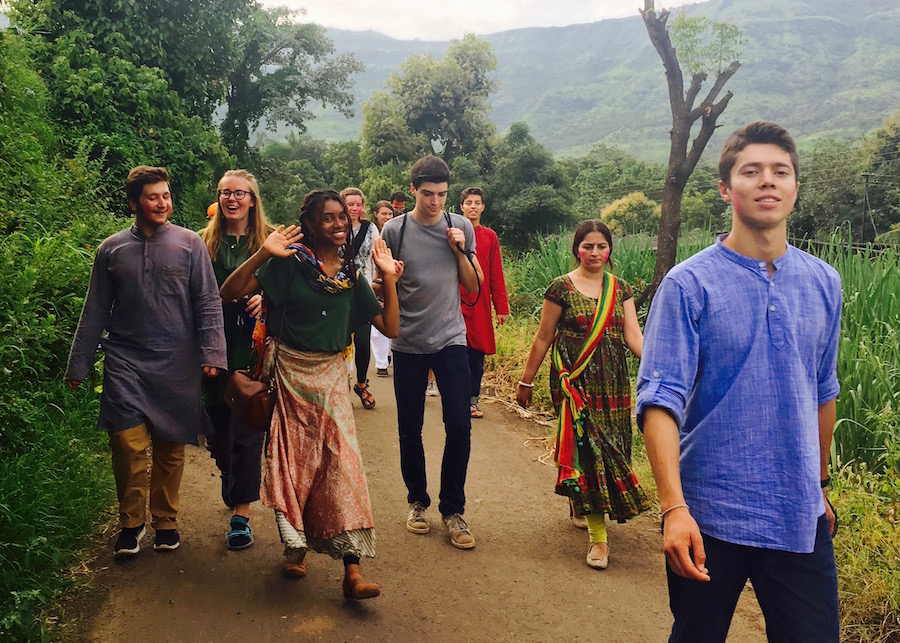For the longest time, the gap year was assumed to be for the rich or the academically burnt out who needed a sabbatical before they embark on four years of higher education. However, the gap year is anything but a holiday. Abigail Falik, in a New York Times Article challenged us to rebrand the gap year, “When used intentionally, the year before college can be a bridge, a launch pad and a new rite of passage. It’s the students who find the courage to step off the treadmill – replacing textbooks with experience and achievement with exploration – who are best prepared for life after high school.” Many universities look at a gap in a good light. Bill Fitzsimmons, Harvard’s undergraduate admissions dean, wrote a manifesto about the need for students to take time off before college. Rick Shaw, Stanford’s undergraduate admissions dean, now speaks about the value of non-linear paths and the learning and growth that come from risk taking and failure, as opposed to perfect records. Princeton, Tufts and University of North Carolina at Chapel Hill have recently developed “bridge year” programs that encourage – and pay for – students to spend a year immersed in the world before arriving on campus.
This means that students aren't using this as way to just relax, they are leaning new things, finding jobs in careers that they might want to explore in the future, and doing Service. When we look at a resume the last thing we look at is if the candidate has been involved in a service project or not. But what if that was not the case? What if a year of service could be an effective way to not only understand yourself but the people and the world around you? A lot of student have moved toward doing just that. One of the leading gap year programs in the US is Global Citizen Year, a nine month excursion into countries such as Senegal, Brazil, and India where students live in a homestay and work in meaningful places. In India students work with Teach for India and an NGO for girl child education out of Hyderabad. In Senegal, the students work in creating sustainable infrastructure. Students love the program even though it costs as much as a year in a public college (though most US citizens get financial aid). As an Indian you can apply for the program but may only be eligible for financial aid if you are a student at one of the United World Colleges.
Apart from GCY, there are other service opportunities in India as well (U Chicago’s Delhi office runs a lot of service immersion programs). Contact us and we can guide you in the right way.

